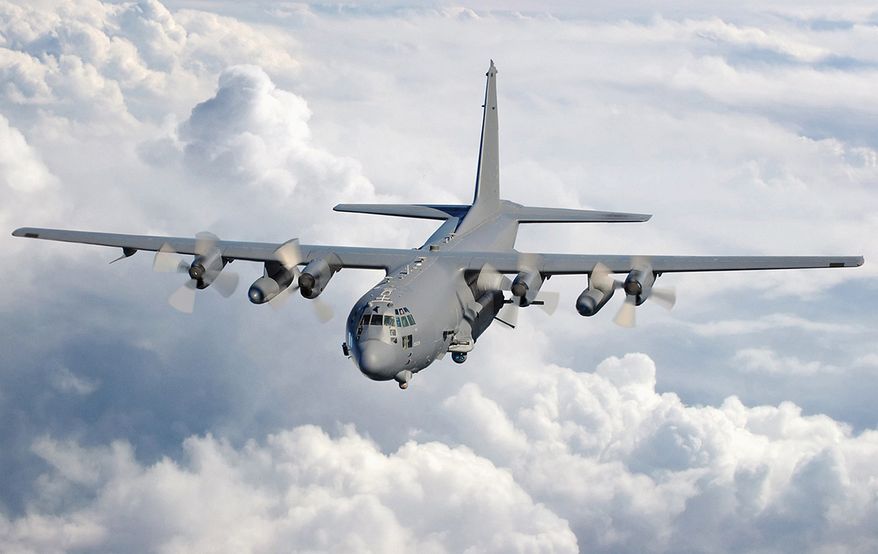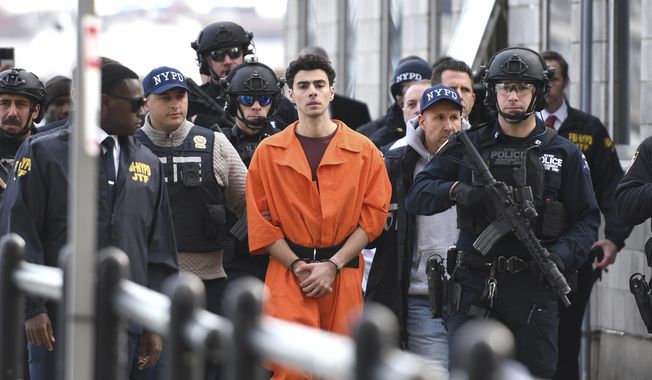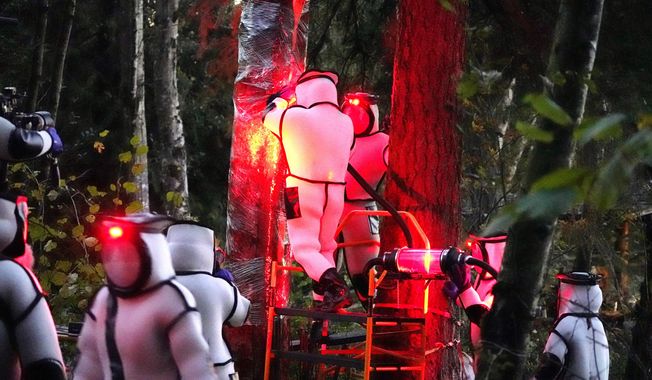
The Lockheed AC-130J Ghostrider gunship is a heavily armed, long-endurance ground-attack variant of the C-130 Hercules transport fixed-wing aircraft. It carries a wide array of anti-ground oriented weapons that are integrated with sophisticated sensors, navigation, and fire-control systems. Unlike other military fixed-wing aircraft, the AC-130 relies on visual targeting. Because its large profile and low operating altitudes (around 7,000 ft) make it an easy target, it usually flies close air support missions at night. The airframe is manufactured by Lockheed Martin, while Boeing is responsible for the conversion into a gunship and for aircraft support. Developed during the Vietnam War as "Project Gunship II", the AC-130 replaced the Douglas AC-47 Spooky, or "Gunship I". The sole operator is the United States Air Force, which uses the AC-130U Spooky and AC-130W Stinger II variants for close air support, air interdiction, and force protection, with the AC-130J Ghostrider ready for combat. Close air support roles include supporting ground troops, escorting convoys, and urban operations. Air interdiction missions are conducted against planned targets and targets of opportunity. Force protection missions include defending air bases and other facilities. AC-130Us are based at Hurlburt Field, Florida, while AC-130Ws are based at Cannon AFB, New Mexico; gunships can be deployed worldwide. The squadrons are part of the Air Force Special Operations Command (AFSOC), a component of the United States Special Operations Command (SOCOM). The AC-130 has an unpressurized cabin, with the weaponry mounted to fire from the port side of the fuselage. During an attack, the gunship performs a pylon turn, flying in a large circle around the target, therefore being able to fire at it for far longer than in a conventional strafing attack. The AC-130H Spectre was armed with two 20 mm M61 Vulcan cannons, one L60 Bofors 40 mm cannon, and one 105 mm M102 howitzer; after 1994, the 20 mm cannons w
Featured Photo Galleries








Trump Transition: Here are the people Trump has picked for key positions so far
President-elect Donald Trump has announced a flurry of picks for his incoming administration. Get full coverage of the Trump transition from The Washingon Times.






